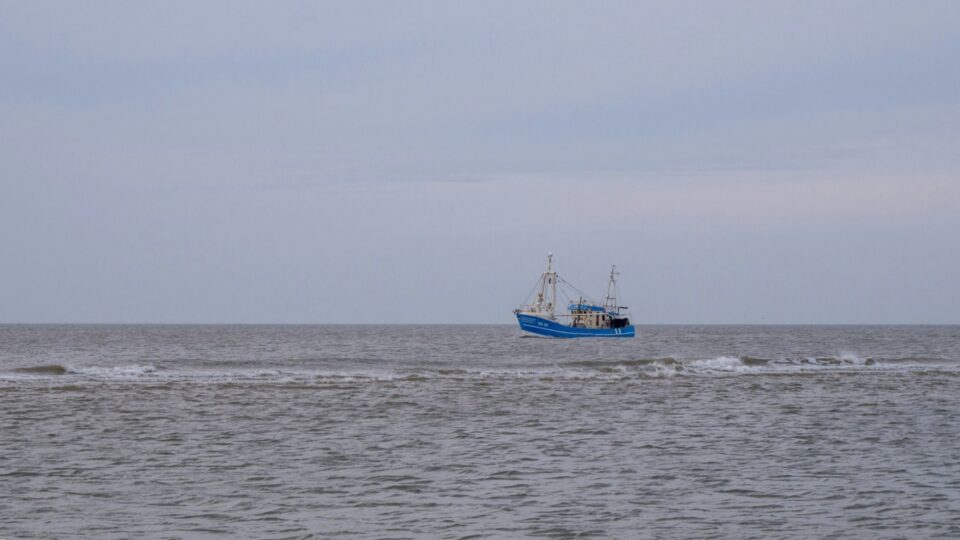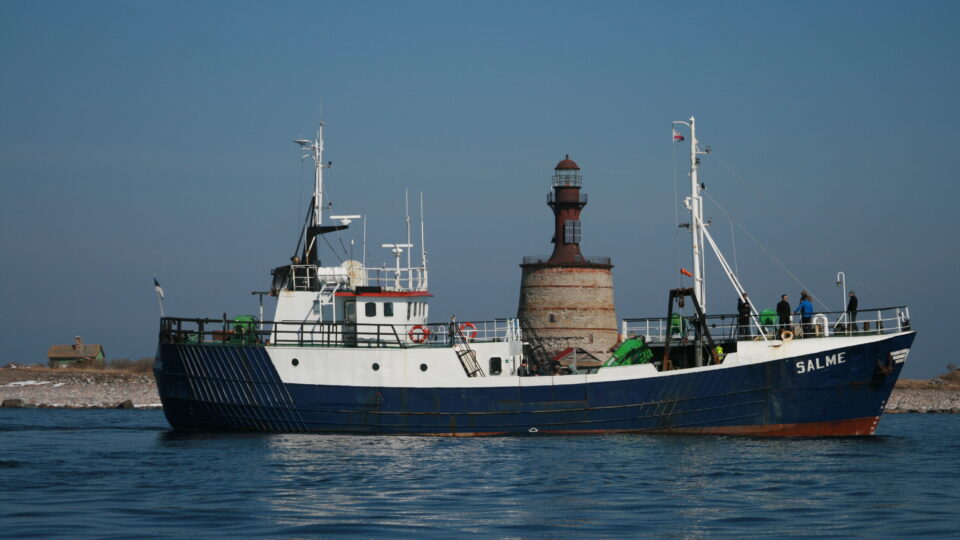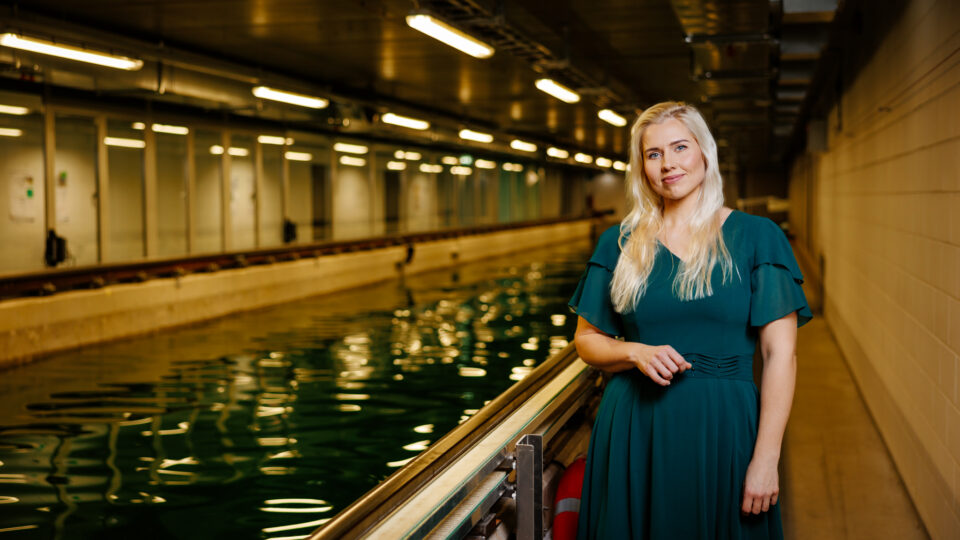At the Maritime Morning organized by the Estonian Maritime Cluster and Trialoog, experts discussed how to overcome these barriers and what role fish farming, seaweed-based food, and smart processing solutions could play by the year 2035.
Why don’t Estonians eat fish?
Loreida Timberg, a senior researcher at TalTech Blue Economy and Aquatic Resources research group noted that although Estonia is located by the sea, fish consumption here clearly takes a back seat to meat. There are several reasons for this. First, fish is often harder to obtain in stores, and its quality tends to be inconsistent. „If a consumer once gets poor-quality fish from the market, they are not likely to give it another shot soon,” Timberg remarked.

According to Merit Kindsigo, Director of TalTech’s Kuressaare College, innovation doesn’t arise solely from the efforts of entrepreneurs and scientists – strategic support from the state is also needed. In her view, seafood could become a regular part of school and kindergarten menus within ten years. Photo: Ragmar Saksing
Reaching the consumer through smart processing and innovation
Timberg emphasized that changing eating habits requires more than just fresh fish – processing is also important. Since fishing and farming periods are seasonal, the raw material must be preserved and refined.
„Freezing isn’t a bad thing – on the contrary, it helps ensure quality and makes preparation easier,” Timberg noted. Currently, school food regulations do not allow the use of frozen food, based on the assumption that freezing reduces its value. If this restriction were lifted, it would be possible to offer seafood in places where children’s eating habits are formed.
According to Kindsigo, the broader use of seafood doesn’t always come down to money, but often to decision-making. The state doesn’t necessarily have to spend large sums: „Sometimes small, principled changes are enough to create a big win.”
Equally important is shaping children’s eating habits through smart products. Kindsigo gave examples like dried fish chips and other appealing snacks that would help the younger generation become accustomed to fish as a natural part of everyday food.
Aiming high with a seafood game plan
However, the ideas and innovations mentioned require a broader vision and coordinated action. Without clear national direction, isolated initiatives remain scattered and fail to create a lasting market for seafood.
Truu proposed that Estonia should develop a seafood strategy extending to 2035, which would provide a long-term vision and give entrepreneurs the confidence to invest. In his view, a significant share of our protein needs – for example, 15% – could come from local fish farming and aquaculture within ten years. This would reduce import dependency and strengthen food security.
At the same time, Truu acknowledged that the Baltic Sea’s specific characteristics – such as slow water exchange and the risk of eutrophication – place limits on farming volumes. As a solution, he sees the potential in seaweed and shellfish farming, which would simultaneously boost food production and improve marine ecosystems. One example of such innovation is seaweed cultivation developed by the company Planeet Ruhnu in collaboration with TalTech scientists and students.
„Freezing isn’t a bad thing – on the contrary, it helps ensure quality and makes preparation easier.”

Loreida Timberg, senior researcher at TalTech’s Blue Economy and Water Resources Research Group, emphasized that fresh fish alone isn’t enough to change eating habits – processing is also crucial. Since fishing and farming seasons are seasonal, raw materials need to be preserved and refined. Photo: Ragmar Saksing
Seaweed: a new flavor in Estonian cuisine
Eeva Lauk, founder of Planeet Ruhnu, confirmed that the first seaweed farming prototypes in the island’s coastal waters have already shown results. The cultivation equipment was built with the help of TalTech Kuressaare College students, who designed special cages – underwater structures used for growing.
„Summer measurements showed about ten percent growth per month. September data will give a clearer picture,” Lauk explained. Although still in its early stages, the results are promising and provide confidence that seaweed farming could become a meaningful addition to Estonia’s food culture in the future.
Currently, seaweed is still harvested wild, and has already been used to create various products: baked goods, fish broths, balms, and even seaweed gin. „Feedback from chefs has been very positive, but the biggest challenge is ensuring a steady supply,” Lauk noted. That’s why cultivating the raw material is essential – it ensures a cleaner and more stable source than harvesting from the wild.
In addition to food, seaweed can also be used as fertilizer. Lauk recalled a tradition on Ruhnu Island where autumn seaweed was spread on fields: „Seaweed is nutritious and valuable – we just need to find modern ways to process and make the most of it.”
Trialoog and the Estonian Maritime Cluster organized a Maritime Morning focused on the future of a smart sea.




